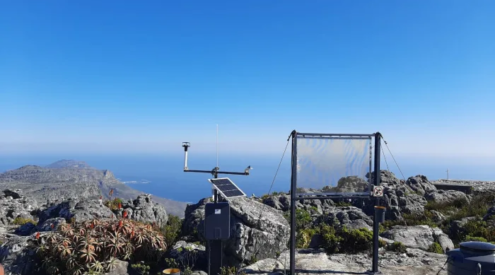The most active volcano in Indonesia, Mount Merapi, erupted on Friday, 27 March. This was the volcano’s second eruption this month, the first one occuring on 3 March.
Mount Merapi (translating to Fire Mountain in English) is located between Central Java and Indonesia’s cultural captial Yogyakarta. As it erupted, ash was shot about 5,000 metres into the air, and ash and sand covered the ground for kilometres away from the volcano.
#EXCLUSIVE : In #Indonesia, the volcano Merapi threw a 5-kilometer column of ash. pic.twitter.com/ML9FVY3ZOo
— Sushmit Patil Сушмит Патил सुश्मित पाटिल (@PatilSushmit) March 27, 2020
According to AFP, no alerts were raised by authorities about Merapi.
Locals were urged not to panic, as there had been no reports of damage as a result of the volcanic eruption. The eruption which occurred earlier in the month, on 3 March caused more damage.
It resulted in an ash cloud which stretched 6,000 metres high, and covered Yogyakarta and Solo in dust to such an extreme that airport closures were necessitated.
These eruptions, however, were not as serious as Merapi’s eruptions have been in the past. In 2010, when it had its last major eruption, it caused 300 deaths and an evacuation of about 280,000 people.
In fact, the volcano has had a few lethal eruptions. One in 1930 resulted in about 1,300 deaths, and one in 1994 caused the loss of 60 people.
Indonesia has about 127 active volcanoes. It’s volcanoes are a part of the Pacific Ring of Fire, where tectonic plates collide and cause regular earthquakes and volcanic eruptions. About 75% of the volcanoes on earth are situated long the Ring of Fire.
Indonesia is going nuts today! #EarthIsPissed #java #merapi #volcano pic.twitter.com/3mvqzziFFw
— Wade Sellers (@WadeSellers) March 27, 2020
Image: Twitter / Amir Tsarfati


















